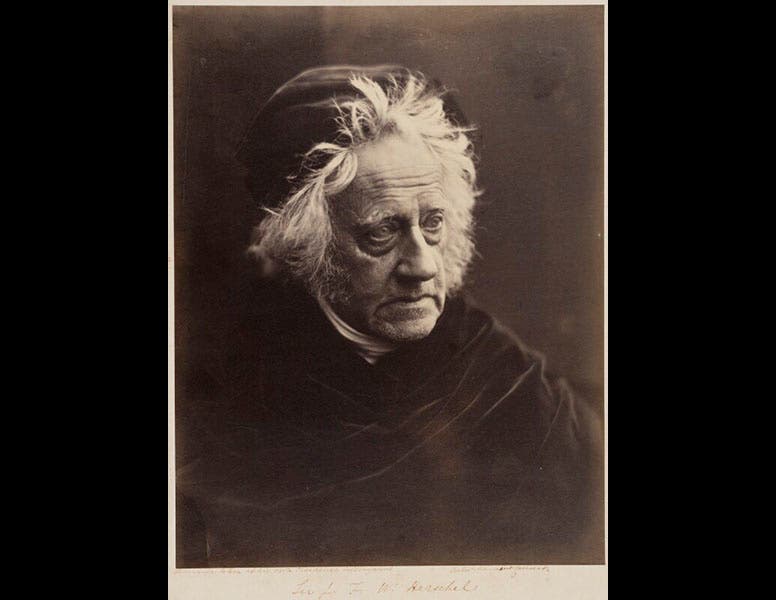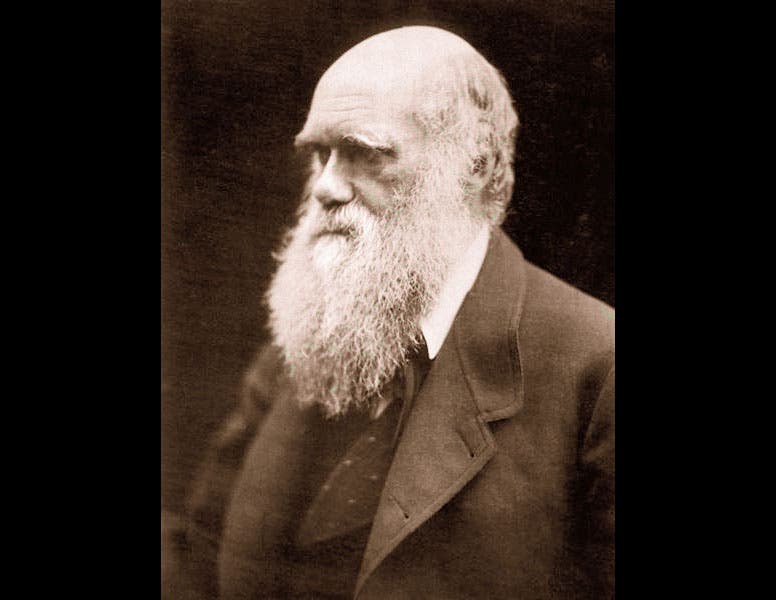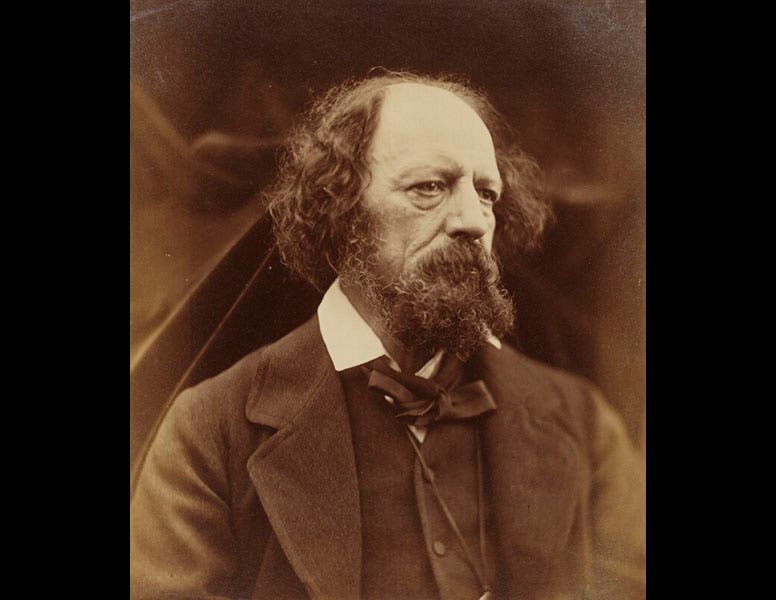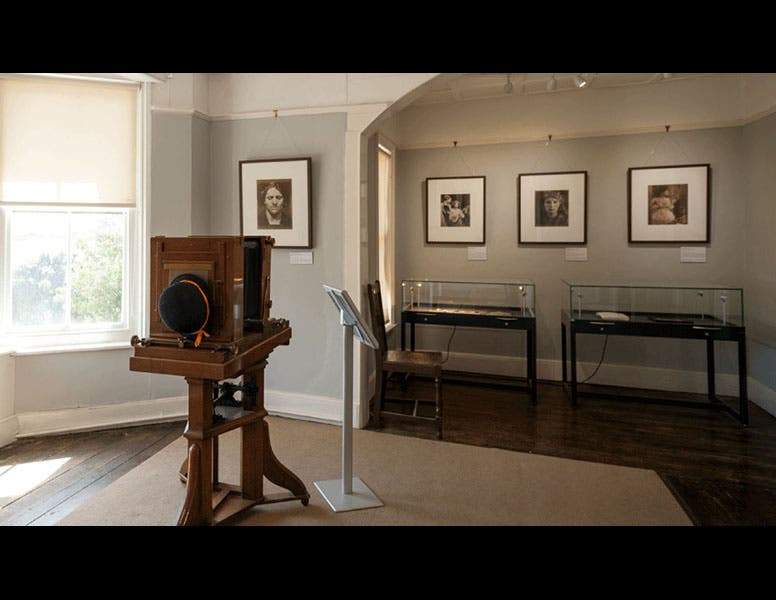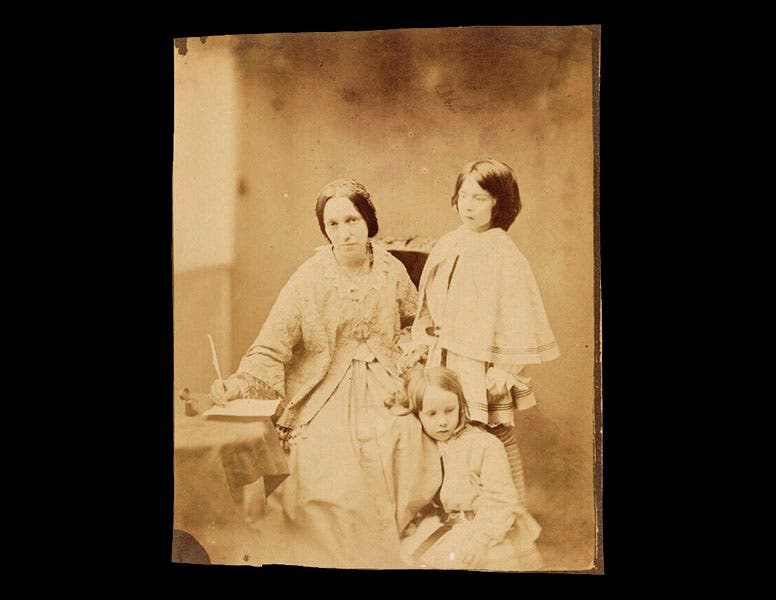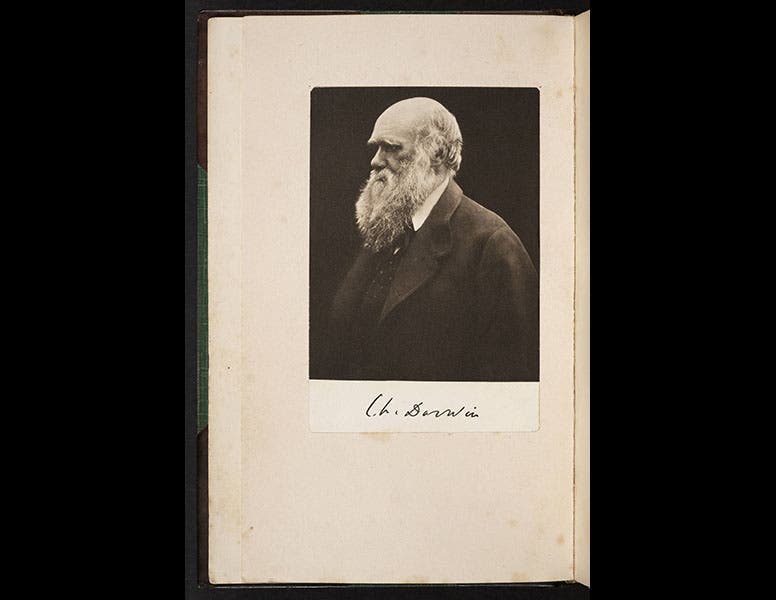Scientist of the Day - Julia Margaret Cameron
Julia Margaret Cameron, a Victorian photographer, was born June 11, 1815. Raised in India, she married a jurist in Calcutta who was much older than she, and when he retired in 1848, they moved to England, eventually taking up residence in Kent. She moved in an active social circle and made friends with many literary people, such as Alfred Tennyson and Robert Browning, and she also became acquainted with a few scientists, such as her neighbor, Charles Darwin, and John Herschel, the noted astronomer and philosopher of science. In 1860, Julia and her husband visited Tennyson on the Isle of Wight, where Tennyson had an estate. They immediately fell in love with the place, purchased two bungalows that they joined together into a house, which they called Dimbola Lodge, and moved in.
In 1863, when she was 48 years old, Cameron was given a camera, and she immediately took to this new medium. She may have had some instruction from Herschel, who was a pioneer of photography, but basically she learned on her own, concentrating on portraiture. And because no one told her how to do it, she made up her own rules, and in the process turned the photographic portrait into a true art form. She didn’t worry too much about things like focus, and proper formal poses, but turned her attention to mood. Her dramatic portraits were the first to use strong contrasts of light and shadow, and techniques of soft-focus, to produce portraits of real intimacy.
Cameron’s studio was her home, so if you wanted her to take your picture, you had to journey to the Isle of Wight and Dimbola House. Darwin did so in 1867, and we have several portraits as a result, differing slightly from one another (second image). She also took several portraits of Herschel, and they are deservedly famous because of the wild, wide-eyed look that Cameron managed to capture (first image). Her portrait of Tennyson is also memorable (third image). To appreciate the novelty of Cameron’s style, one has to realize that absolutely none of the London studios made portraits like this, and even the artsy photographers were scornful of what they considered Cameron’s failure to master the basic photographic techniques. It would be some time before “soft focus” would be seen as a method and not a shortcoming.
Dimbola Lodge is now a photographic museum, where they have preserved Cameron’s large portrait camera that she used for most of her later portraits (fourth image). In a view of the main gallery (fifth image), a Darwin portrait can be seen in the top row, fourth from the left, and he seems to be staring right at Tennyson, as if to say, “She got you too?”
It appears that Cameron never photographed herself. The National Portrait Gallery in London has 8 photographs of Cameron by other photographers, none of them entirely satisfactory. We show an albumen print of a young Julia, with her two children, taken long before she herself took up photography (sixth image).
In our copy of the first edition of Charles Darwin’s Origin of Species (1859), an early owner has pasted in, on the front free endpaper, a small photograph of Darwin (seventh image). It is one of those taken by Julia Margaret Cameron in 1867.
Dr. William B. Ashworth, Jr., Consultant for the History of Science, Linda Hall Library and Associate Professor, Department of History, University of Missouri-Kansas City. Comments or corrections are welcome; please direct to ashworthw@umkc.edu.


